- Adam Smith’s invisible hand leads to an efficient outcome when
- buyers are fully informed about all relevant aspects of the product and the market in which it is traded.
B buyers have collected information only up to the point at which the marginal cost of acquiring more
. information equals the marginal benefit of having more information.
- buyers have more information about the product being traded than do sellers.
- buyers have less information about the product being traded than do sellers.
AACSB: Analytic
Blooms: Understand
Difficulty: 2 Medium
Frank – Chapter 11 #1
Learning Objective: 11-01 Explain how middlemen add value to market transactions.
Topic: How the Middleman Adds Value
- Information about the quality of a product is
- intangible, and therefore not subject to economic principles.
- impossible to objectively assess, and therefore not subject to economic principles.
- both beneficial to have and costly to obtain, and therefore subject to economic principles.
D subject to economic principles only when it is paid for, for example by subscribing to Consumer
. Reports or by hiring a financial advisor.
AACSB: Analytic
Blooms: Understand
Difficulty: 2 Medium
Frank – Chapter 11 #2
Learning Objective: 11-01 Explain how middlemen add value to market transactions.
Topic: How the Middleman Adds Value
- According to the textbook, middlemen
- add no value to economic activity.
- only add value if the consumer gets a good deal.
- only add value to themselves.
- provide value through information and coordination.
AACSB: Analytic
Blooms: Remember
Difficulty: 1 Easy
Frank – Chapter 11 #3
Learning Objective: 11-01 Explain how middlemen add value to market transactions.
Topic: How the Middleman Adds Value
- Sydney sells snow globes from a cart. When the cart is located on the sidewalk near a discount store, Sydney’s customers have reservation prices of $5. When Sydney’s cart is located on a sidewalk in
an upscale mall, wealthier customers with reservation prices of $10 buy snow globes. Assume that Sydney can sell the same volume at either location and that marginal and average costs are $3 per globe at both locations.
Maximization of total economic surplus indicates that Sydney should
- alternate between the two locations and price discriminate.
- sell only near the discount store and charge $5.
- sell only in the upscale mall and charge $10.
- alternate between the two locations and charge $5 at both locations.
AACSB: Analytic
Blooms: Apply
Difficulty: 3 Hard
Frank – Chapter 11 #4
Learning Objective: 11-01 Explain how middlemen add value to market transactions.
Topic: How the Middleman Adds Value
- Sydney sells snow globes from a cart. When the cart is located on the sidewalk near a discount store, Sydney’s customers have reservation prices of $5. When Sydney’s cart is located on a sidewalk in
an upscale mall, wealthier customers with reservation prices of $10 buy snow globes. Assume that Sydney can sell the same volume at either location and that marginal and average costs are $3 per globe at both locations.
Information about the reservation prices of Sydney’s customers increases total surplus by
- allowing consumers with different incomes to acquire things they value.
- distributing snow globes to consumers who like them most.
- encouraging sellers to locate in underserved areas.
- distributing snow globes to consumers with the greatest willingness to pay.
AACSB: Analytic
Blooms: Apply
Difficulty: 3 Hard
Frank – Chapter 11 #5
Learning Objective: 11-01 Explain how middlemen add value to market transactions.
Topic: How the Middleman Adds Value
- Better information about consumers’ reservation prices generally leads to
- a reduction in consumer surplus.
- acquisition of goods by consumers who are willing to pay the highest price.
- equitable distribution of goods among low income consumers.
- acquisition of goods by consumers with the greatest need.
AACSB: Analytic
Blooms: Apply
Difficulty: 3 Hard
Frank – Chapter 11 #6
Learning Objective: 11-01 Explain how middlemen add value to market transactions.
Topic: How the Middleman Adds Value
- When auctions, such as those used on eBay, are used to sell a product
- information about consumers’ true reservation prices is minimized.
- information about consumers’ true reservation prices is revealed.
- consumers have an incentive to bid higher than their true reservation prices.
- consumers do not have an incentive to bid their true reservation prices.
AACSB: Analytic
Blooms: Understand
Difficulty: 2 Medium
Frank – Chapter 11 #7
Learning Objective: 11-01 Explain how middlemen add value to market transactions.
Topic: How the Middleman Adds Value
- Jean places a high value on a loaf of bread with which to feed his family, but can only afford to pay $1. Val regularly pays $2 for a loaf of bread, but often the bread molds before Val can finish the loaf. Total economic surplus is maximized when
- Jean receives a loaf of bread.
- Val gives Jean leftover bread.
- Val purchases the bread.
- Val and Jean purchase equal quantities of bread.
AACSB: Analytic
Blooms: Apply
Difficulty: 3 Hard
Frank – Chapter 11 #8
Learning Objective: 11-01 Explain how middlemen add value to market transactions.
Topic: How the Middleman Adds Value
- The optimal amount of information to acquire before making a purchase is
- as much as technically possible.
- an amount such that the total cost of acquiring information equals the total benefit.
- an amount such that the marginal cost of acquiring information equals the marginal benefit.
AACSB: Analytic
Blooms: Remember
Difficulty: 1 Easy Frank – Chapter 11 #9 Learning Objective: 11-02 Use the concept of rational search to find the optimal amount of information market participants should obtain.
Topic: The Optimal Amount of Information
- The reason the marginal benefit of information curve is downward sloping is because
- some information is useless.
- most information is useless.
- information is subject to the law of diminishing marginal returns.
- there is only so much to learn about a product.


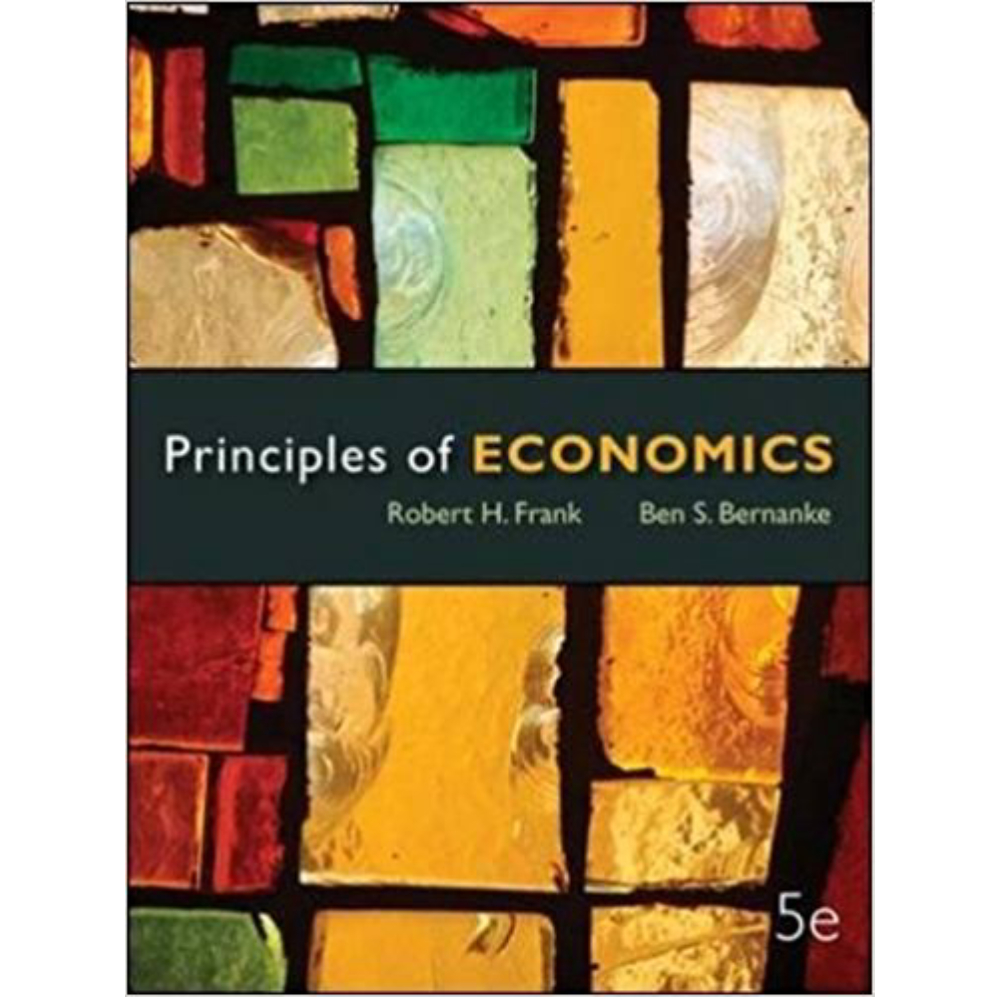


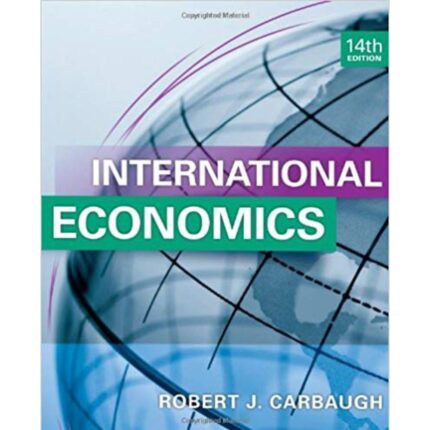




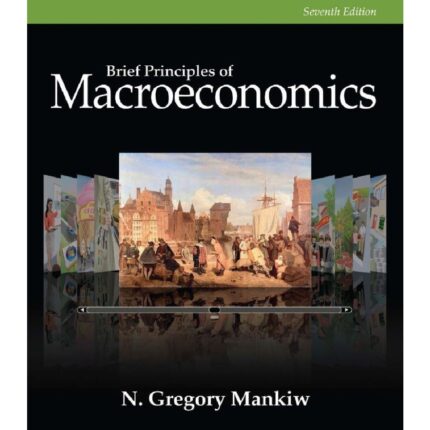
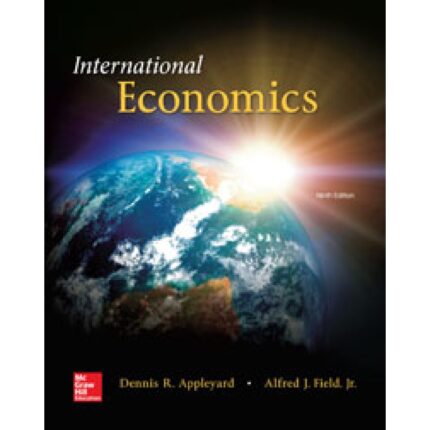
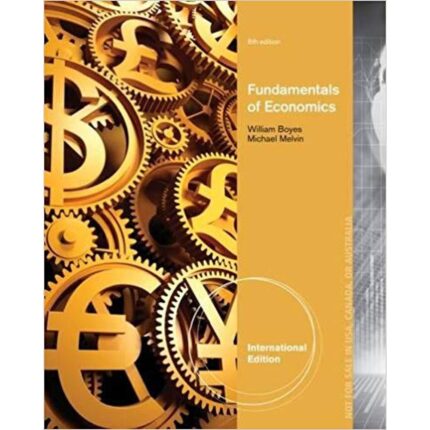
Reviews
There are no reviews yet.